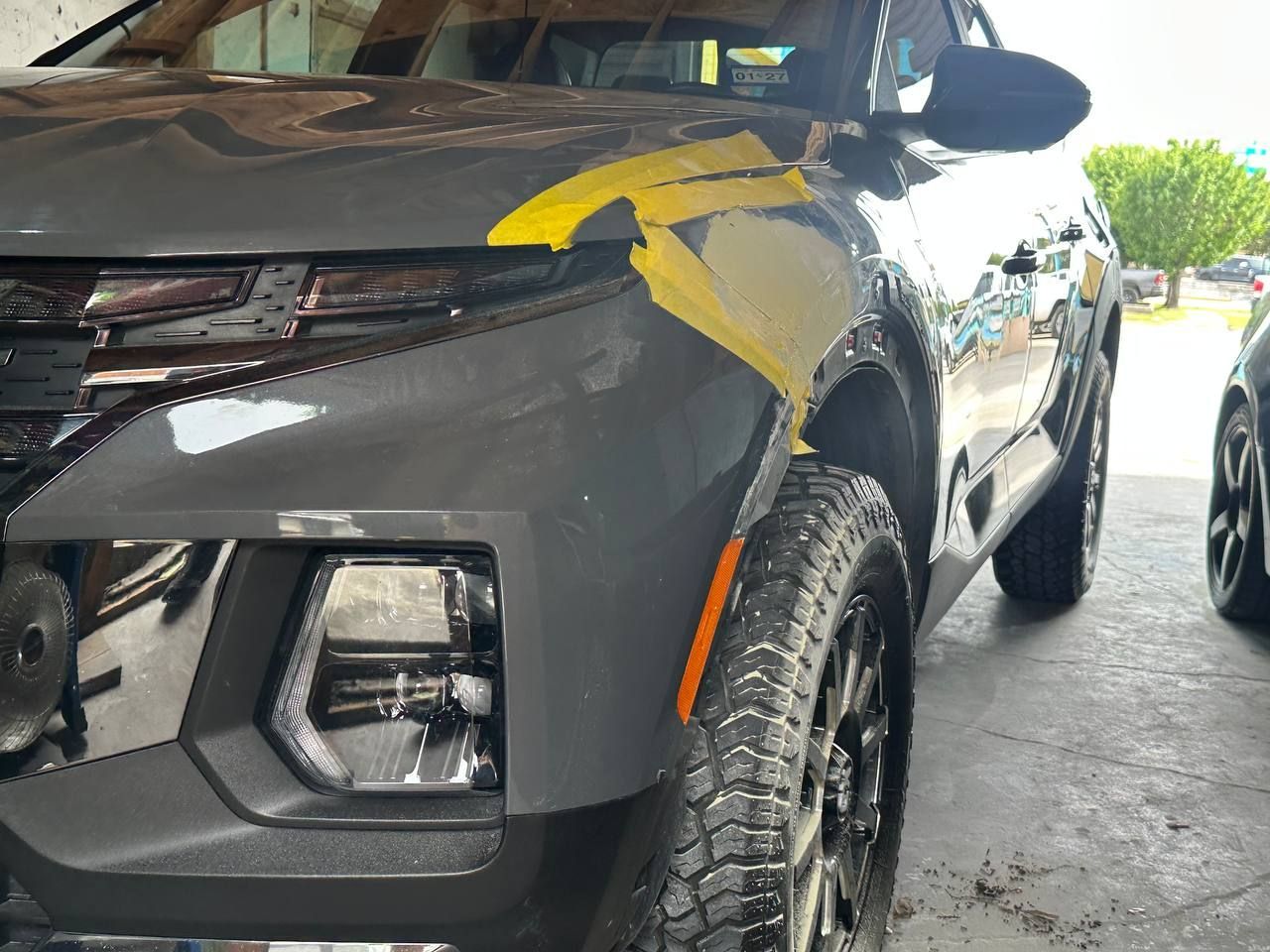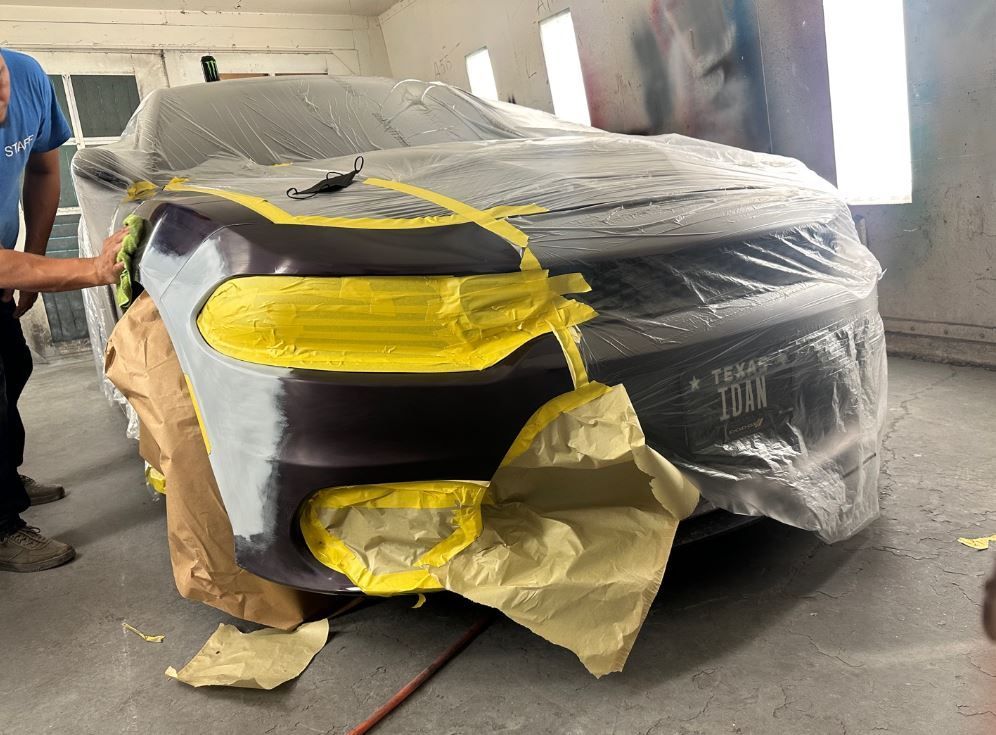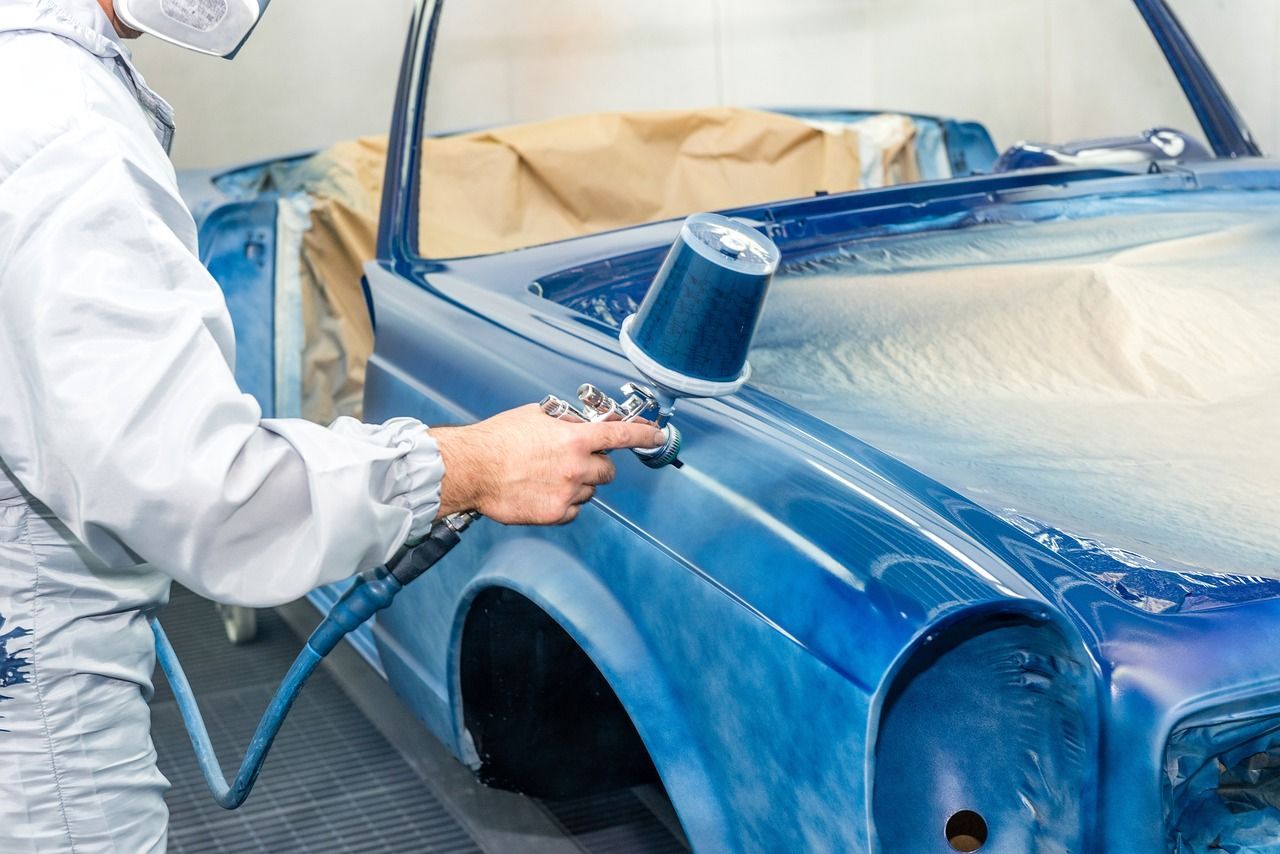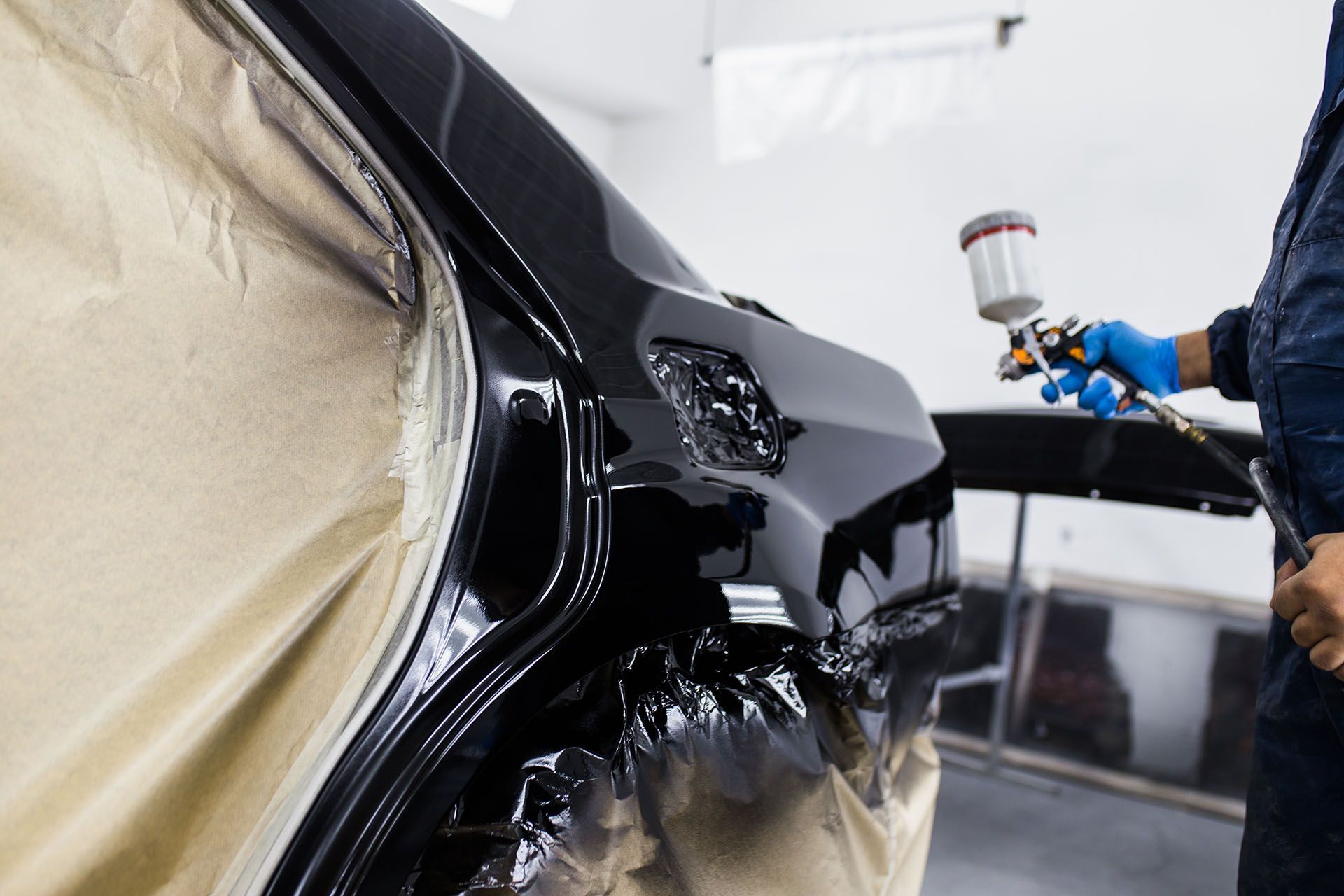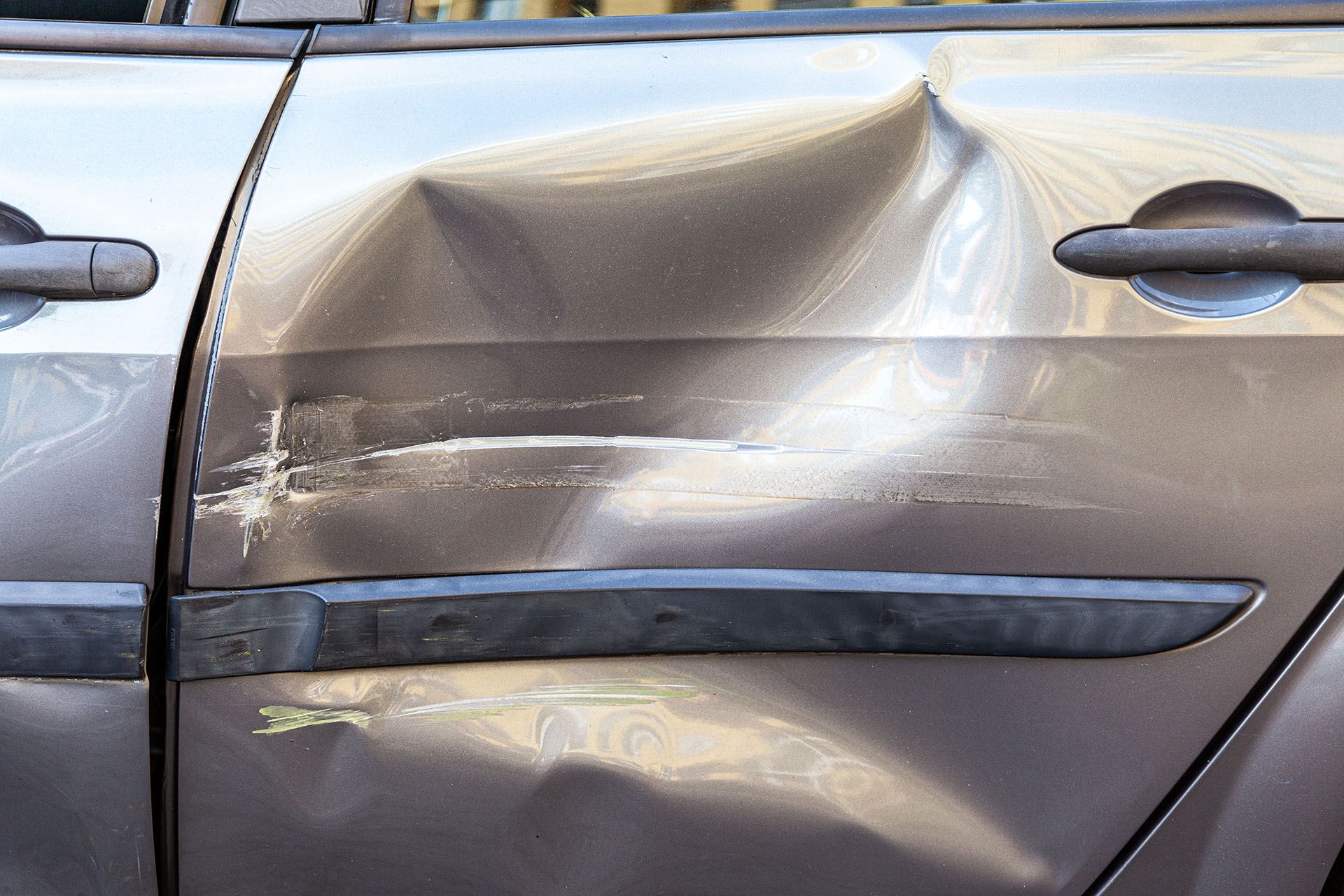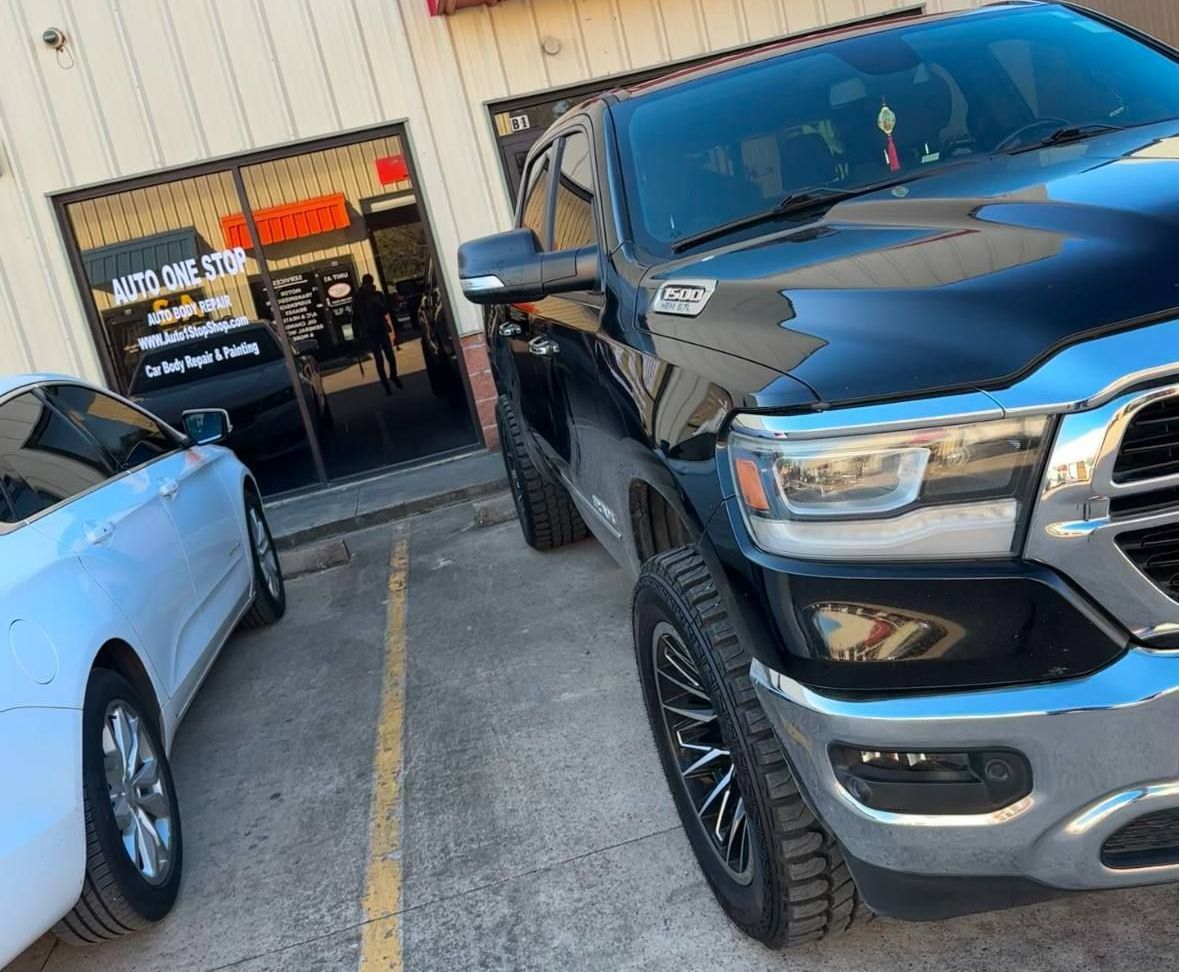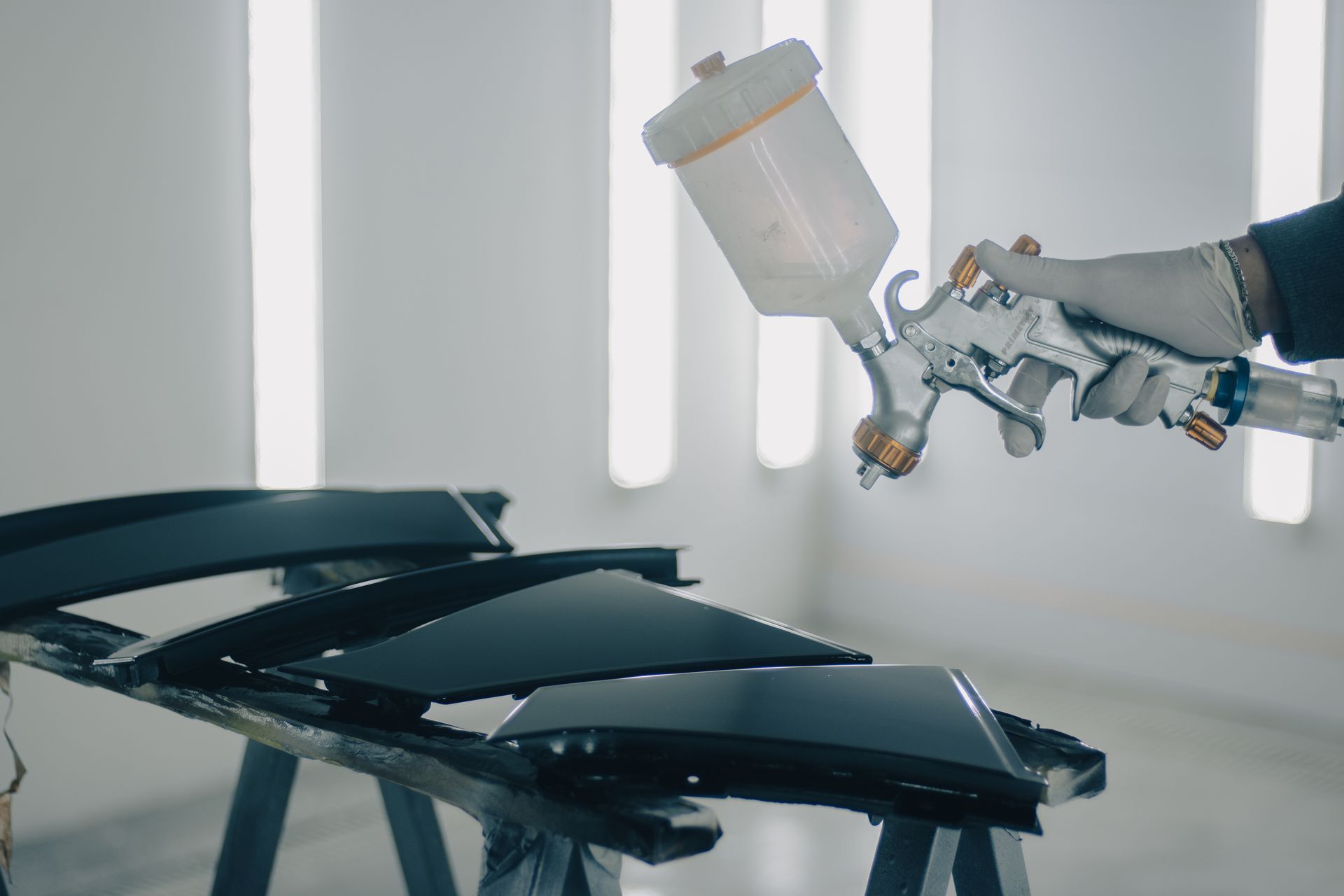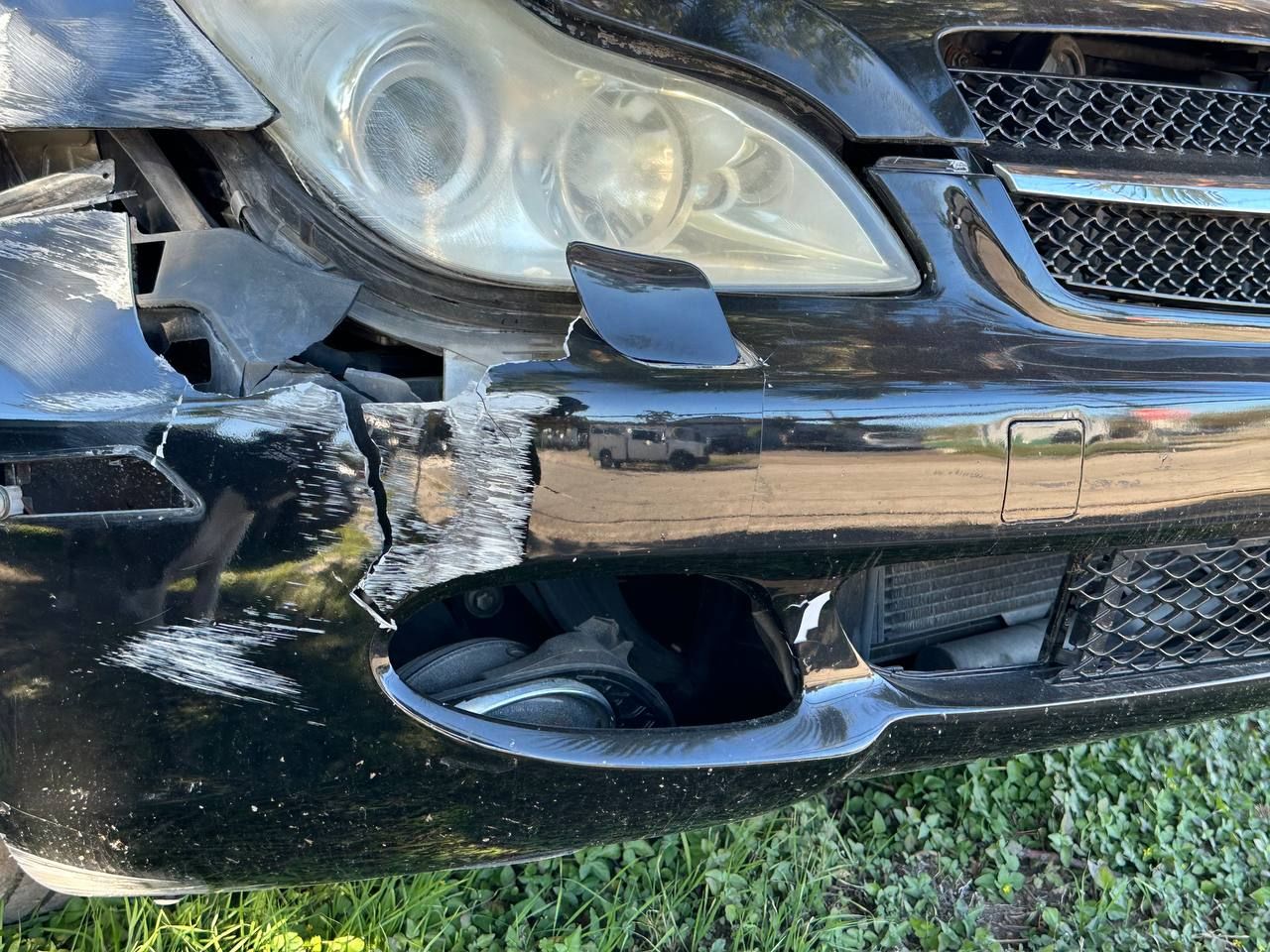7 Steps to Take Immediately After a Car Accident
Adib Rad • August 31, 2025
7 Steps to Take Immediately After a Car Accident
Accidents happen when we least expect them. Whether it’s a minor fender-bender on I-45 or a more serious collision on a busy Houston street, knowing what to do in those first few moments can make all the difference. Staying calm and following the right car accident steps will help protect your safety, your rights, and your peace of mind.
1. Ensure Safety
The very first step is making sure everyone is safe. If possible, move vehicles out of traffic to avoid further accidents. Turn on your hazard lights and check yourself, passengers, and others involved for injuries. Safety always comes first.
Dial 911 to report the accident. Even if injuries seem minor, emergency responders can provide medical attention and ensure a proper report is filed. In Houston, police reports can be very important for insurance and repair claims.
3. Exchange Information
Calmly exchange details with the other driver(s). This includes names, phone numbers, driver’s license numbers, license plates, and insurance information. Avoid unnecessary conversations—stick to the facts.
4. Document the Scene
Take photos and videos of the accident scene, vehicle damage, skid marks, road conditions, and traffic signals. This evidence can be crucial for your insurance claim and if legal questions arise later.
5. Don’t Admit Fault
It may feel natural to apologize, but never admit fault at the scene. Determining responsibility is a job for insurance companies and authorities. Simply provide accurate information and let the professionals handle the rest.
6. Notify Your Insurer
Contact your insurance company as soon as possible to report the accident. Provide them with all the collected details and photos. The quicker you inform them, the smoother your claims process will be.
7. Call a Trusted Collision Shop
Once everyone is safe and the paperwork is in motion, it’s time to get your car back in shape. Search for a reliable auto body shop near me or collision repair near me to restore your vehicle. If you’re in Houston, finding a shop experienced in collision repair ensures quality workmanship, proper color-matching, and stress-free service. A trusted car body shop near me not only repairs damage but also gives you peace of mind knowing your car is safe to drive again.
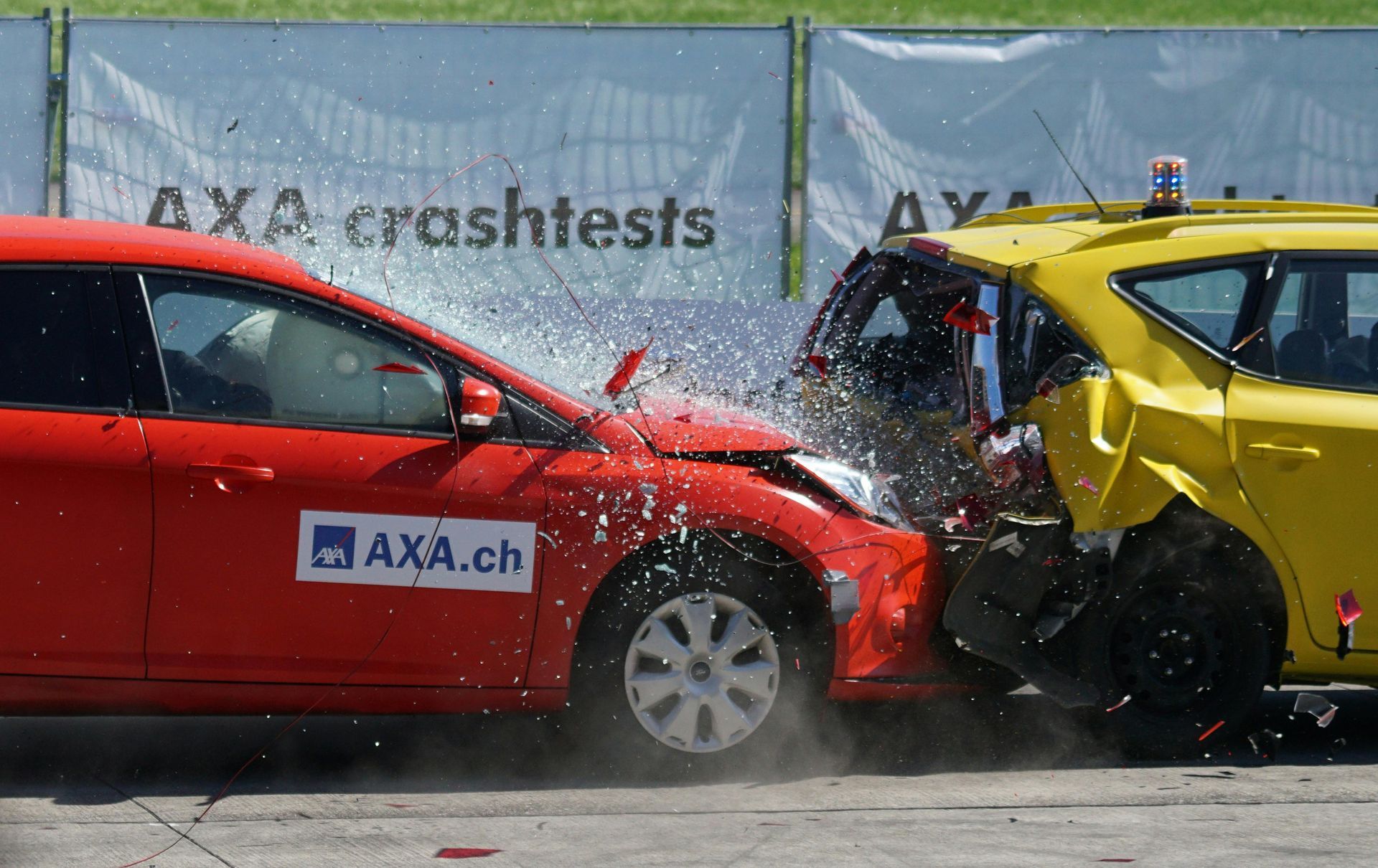
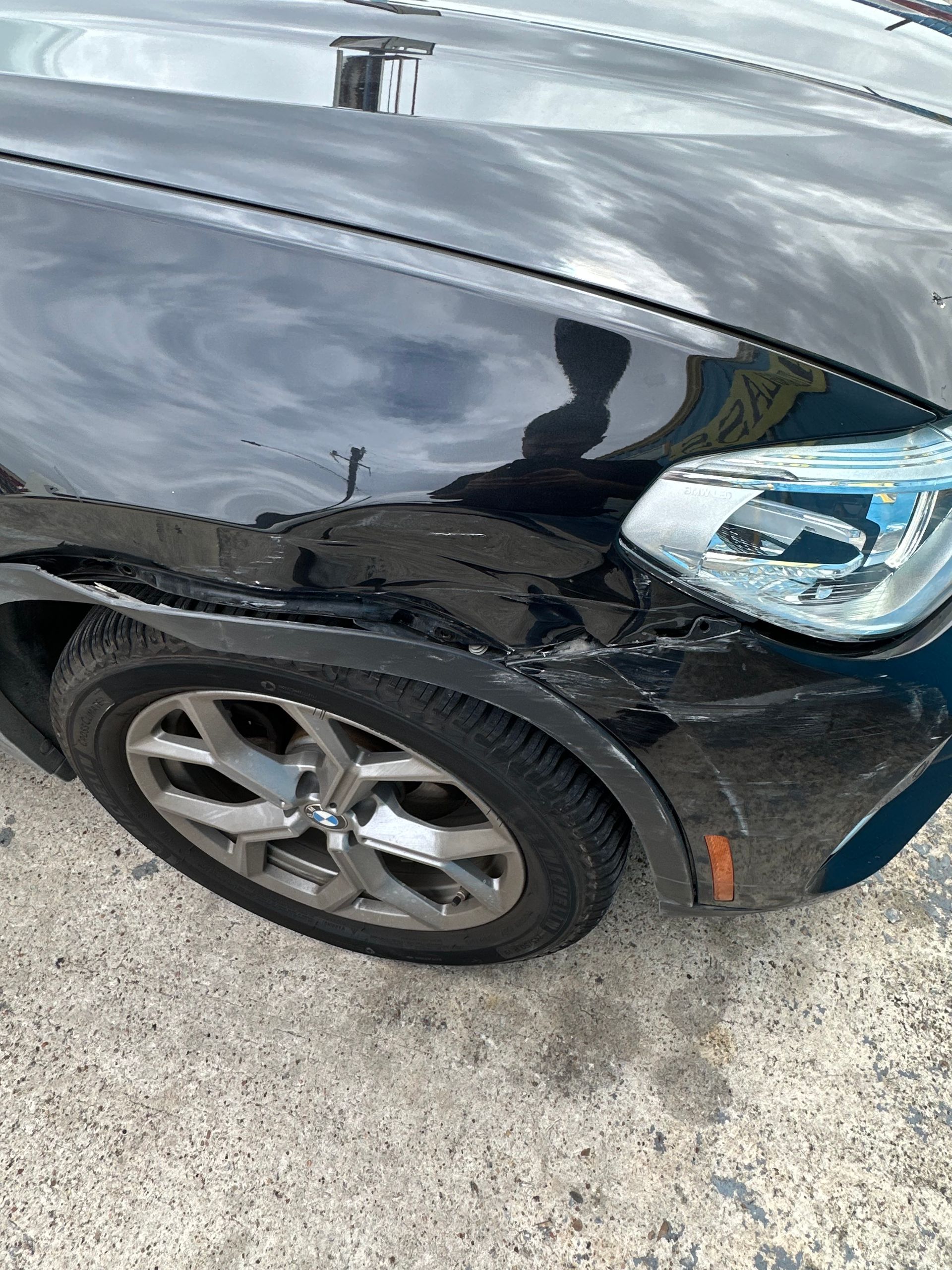
If you’ve recently been in an accident or are simply curious about how auto body repair works, you’re not alone. Many people drop off their cars at a car body shop without really knowing what happens behind the scenes. In this guide, we’ll break down the typical repair process, explain the difference between OEM and aftermarket parts, and help you understand how to make the best decisions for your vehicle. What Is Auto Body Repair? Auto body repair refers to fixing any damage to the exterior or frame of a vehicle after a collision. This includes dent repair, panel replacement, frame straightening, repainting, and more. A qualified auto body shop has the tools and trained technicians to restore your vehicle to pre-accident condition—both structurally and cosmetically. Collision Repair Process: Step by Step Here’s what typically happens after you bring your car to a collision repair center: 1. Initial Inspection & Estimate The body shop inspects your vehicle and provides an estimate based on visible damage. In some cases, hidden damage may be found later. 2. Disassembly Damaged panels and components are removed to get a closer look at the full extent of the damage. 3. Insurance Approval (if applicable) If you’re filing a claim, your insurance company reviews the estimate and approves the repair scope. 4. Frame & Structural Repair If the frame or structure is bent, specialized equipment is used to return it to factory specifications. 5. Part Replacement or Repair Damaged parts are either repaired or replaced. This is where the OEM vs aftermarket decision comes in (more on that below). 6. Painting & Refinishing The repaired areas are prepped, painted, and clear-coated for a seamless finish. 7. Reassembly & Quality Check All parts are reinstalled, and the vehicle goes through a final inspection before being returned to you. OEM vs Aftermarket Parts : What’s the Difference? When it comes to replacing damaged parts, you usually have two options: OEM Parts (Original Equipment Manufacturer) • Made by the vehicle’s original manufacturer • Fit perfectly and maintain factory warranty • Often more expensive Aftermarket Parts • Made by third-party manufacturers • Usually cheaper, with a wider range of brands • Quality can vary — some match OEM standards, others don’t Which one should you choose? If you’re paying out of pocket and looking to save, aftermarket parts can be a solid choice—but only if your auto body shop sources high-quality brands. For insurance claims or newer cars, many people prefer OEM parts for guaranteed fit and finish.
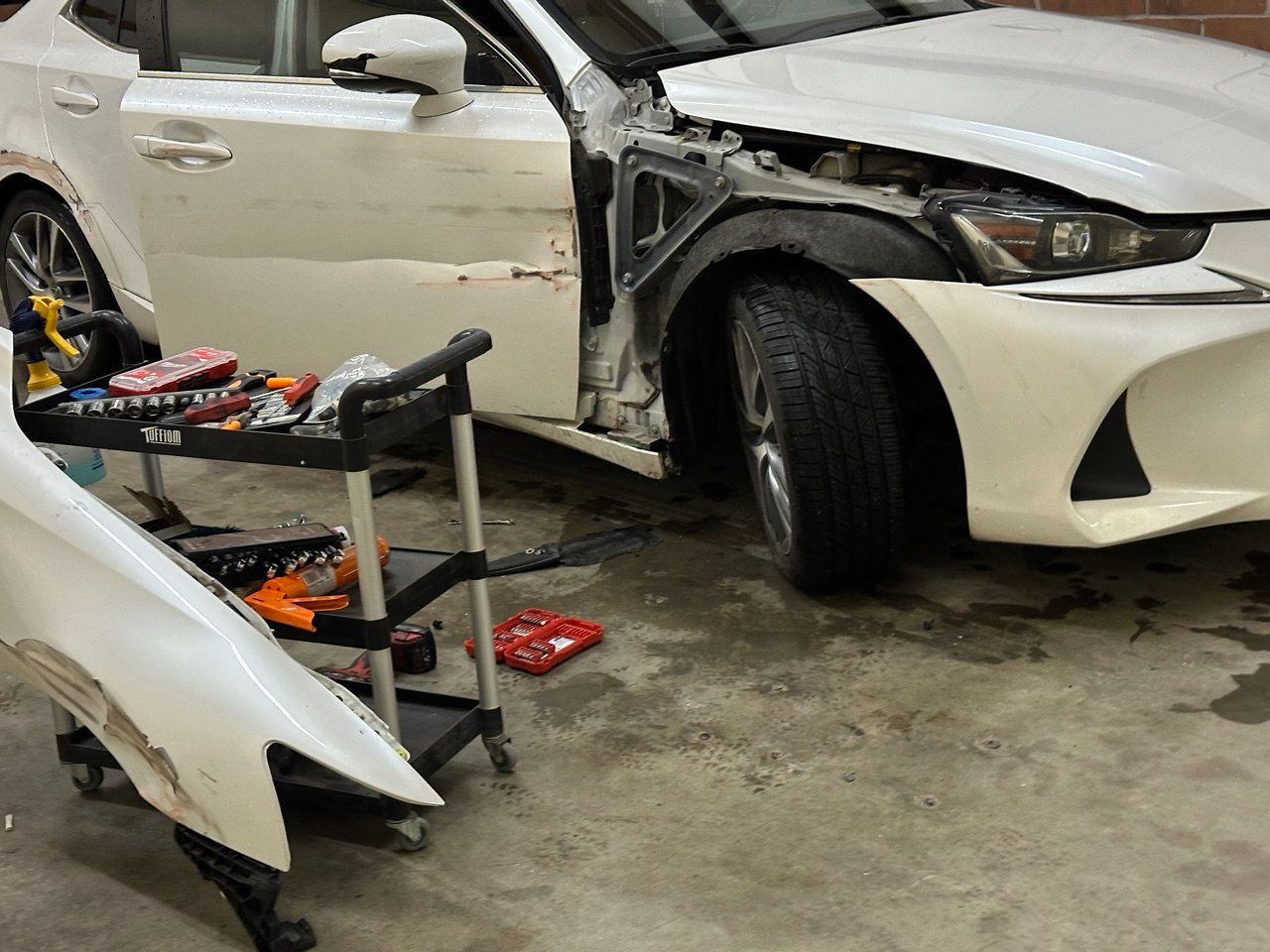
Discover why Auto One Stop is Houston’s trusted auto body shop for expert car body repair services. From dent removal to collision repairs, we provide affordable, high-quality solutions tailored to your needs. Located at 10301 Fulton Street, B1, our experienced technicians use state-of-the-art tools to restore your vehicle’s appearance and functionality. Visit us today or call 832-604-2059 to schedule your appointment and experience the best in body repair services!

